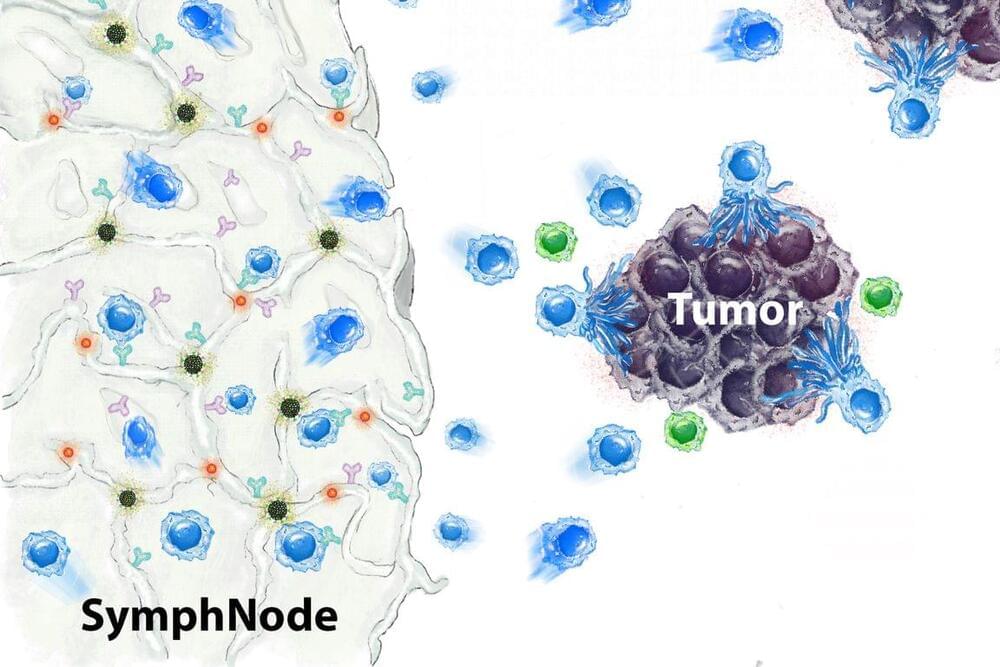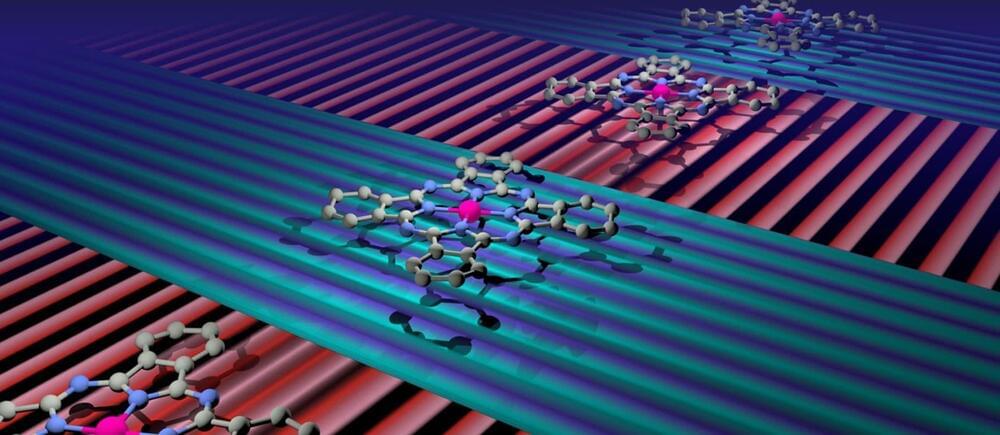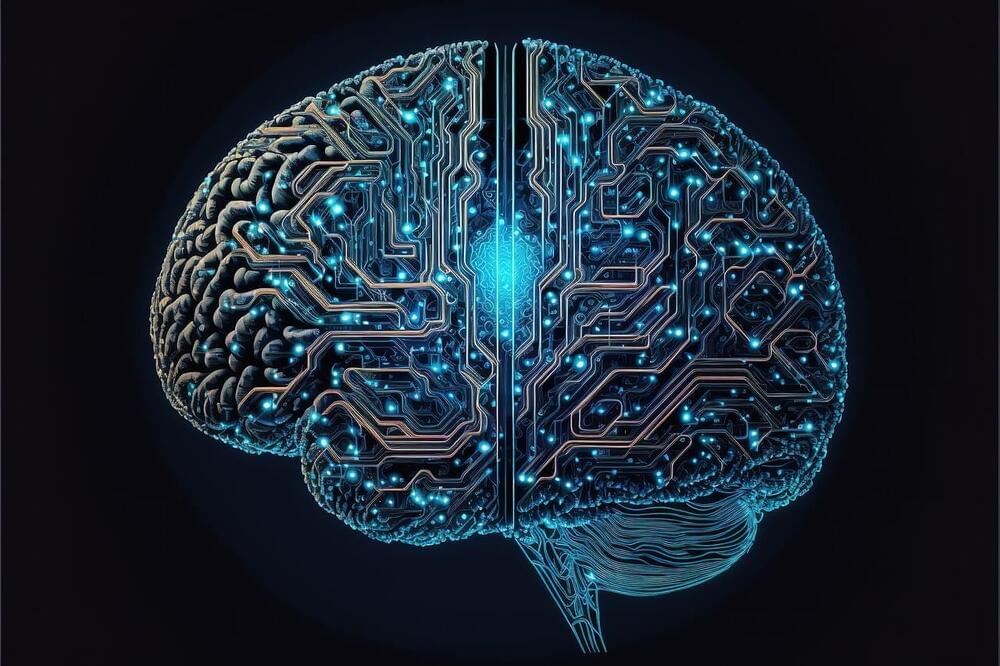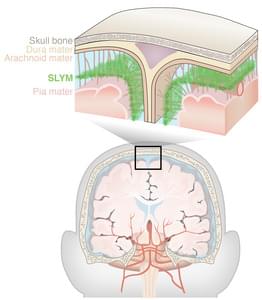Jan 10, 2023
Tiny implantable device designed by UCLA scientists helps kill cancer
Posted by Shubham Ghosh Roy in category: biotech/medical
A therapeutic sponge the size of a pencil eraser boosted the body’s tumor-fighting response in mice and kept the cancer from returning.
Many solid tumors resist treatment in part by turning human biology against itself. Tumors surround themselves with extra white blood cells known as regulatory T cells, which call off the body’s natural defenses against the disease.
Strategies to treat cancer by deactivating these cells risk creating other serious problems. Since regulatory T cells play an important role in safeguarding healthy tissues, diminishing them throughout the body can lead to other immune cells mistakenly attacking these tissues and causing autoimmune conditions that damage the colon, liver, heart and other organs.


 עברית (Hebrew)
עברית (Hebrew)















